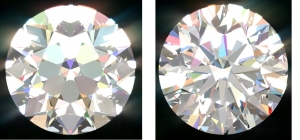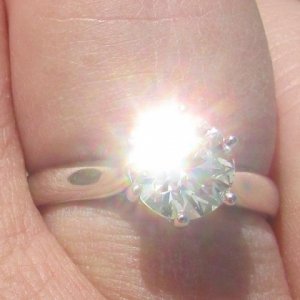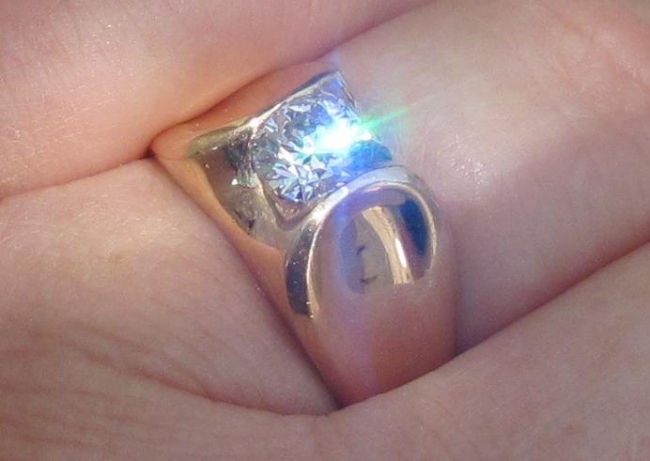Stephan
Ideal_Rock
- Joined
- Feb 13, 2003
- Messages
- 2,917
Under certain specific lighting, H&A diamonds tend to show their most beautiful fire in their arrows.
I have a few questions about this.
Is it possible to predict what will produce the most 'flare'? (when fire is so strong that it is even visible outside the facet that produces it. Some diamonds have a lot of fire, but almost no 'flare'.)
Higher crowns? Larger arrows? Star/upper girdle ratio? Small tables?
At what pavilion/crown combo does the table become dark in matter of fire?
AV round owners: do these diamonds have more flare than a H&A?
I have a few questions about this.
Is it possible to predict what will produce the most 'flare'? (when fire is so strong that it is even visible outside the facet that produces it. Some diamonds have a lot of fire, but almost no 'flare'.)
Higher crowns? Larger arrows? Star/upper girdle ratio? Small tables?
At what pavilion/crown combo does the table become dark in matter of fire?
AV round owners: do these diamonds have more flare than a H&A?













300x240.png)